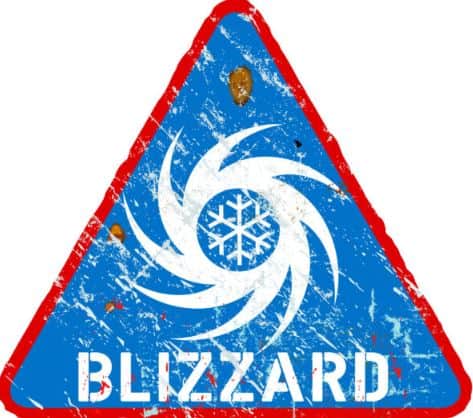How to Prepare for Climate Change in 2024

Regardless of your inclination about what the particular mix of causes may be, the fact of the matter is that climate change is happening, and at a faster rate than scientists and governments had anticipated in the past.
Consider a future where sometimes you are facing a flood, other times a drought/water scarcity and wildfires, and also extreme heat waves and cold waves are becoming much more common.
Maybe this new reality hasn’t reached you yet, but in many parts of the world, this is already happening. For those regions it is already a sign of the new times we’re living in, and a constant reminder of how we need to take control of the steering wheel.
This guide offers you unlimited access to practical, actionable steps to prepare for climate change. Ok, maybe not unlimited, but you know what I mean.
Start reading this guide to equip yourself with the knowledge and tools to face this new reality and ensure that you, your family and your local community are prepared for this changing world. Don’t just wait for the next fire or hurricane to realize the power of preparation, take action today and be a part of shaping a resilient future.
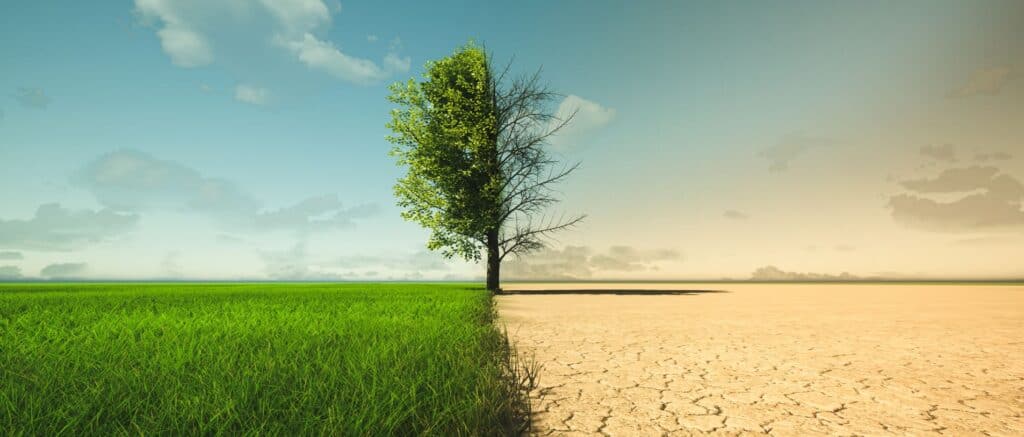
What is Climate Change Preparation?
We can observe and measure, sometimes from the surface, other times from space, not only how much hotter the planet is but also how quickly glaciers and polar ice caps melt, how much carbon dioxide emitted from fossil fuels can fill the atmospheric air at any given point, how oceans rise and acidify, and what is the increase in the severity of extreme weather events.
This isn’t the typical conversation about how to stop climate change or what could happen if we all stopped burning fossil fuels tomorrow. Rather, it is about what you should do to better navigate the new climate reality, like adapting your house to withstand a natural disaster and knowing what to stock, eat, or grow to be able to navigate water and food shortages seamlessly.
Climate change preparation involves taking proactive steps to adapt to the changing environmental conditions resulting from global warming.
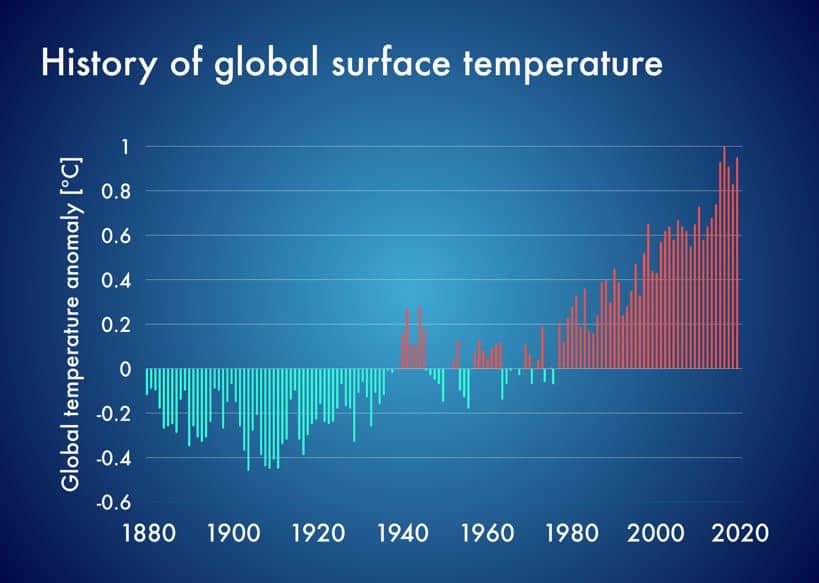
Reasons You Need to Know How to Prepare for Climate Change
- Increasing Frequency of Extreme Weather: The planet is witnessing a surge in extreme weather events and natural disasters, from heatwaves that can lead to many conditions like heat exhaustion or dehydration to hurricanes that devastate communities with floods and destruction. The main goal is to survive these events, but it is also important to maintain a semblance of normalcy during recovery periods. You should not only understand local weather patterns, and have evacuation or shelter-in-place plans, but you should also know first-aid, to be able to take action when faced with immediate health concerns.
- Protecting Your Community and Property: Climate change doesn’t just affect landscapes, it impacts our homes, businesses, and local economies. Investing in community resilience can take many forms, such as advocating for infrastructure improvements, supporting local emergency planning efforts, and reinforcing personal property against specific threats. This might include flood defenses for homes in flood-prone areas or fire-resistant materials in wildfire-risk zones. Community preparedness workshops and local resilience initiatives can strengthen communal ties and resources.
Ensuring Food and Water Security: Climate change affects global agriculture, and this leads to unpredictable harvests and impacts food supply chains. In this context, understanding how to sustain and protect your family becomes crucial. This could mean creating a sustainable garden that uses water-efficient techniques, learning to preserve food, or participating in community-supported agriculture (CSA) programs to ensure a steady supply of fresh produce.
Personal and Family Safety: Keeping your family safe in a world where weather patterns are increasingly unpredictable. This includes having a family emergency plan that everyone understands, assembling a go-bag with essential supplies for quick evacuation, and ensuring that all family members know how to respond during different types of disasters. It’s also about mental preparedness, resilience, and adapting to changing conditions. You should also take a look at your insurance policies (property, life, health) and check if they cover climate-related damages.
Insurance and Financial Planning: Understanding what types of insurance (property, life, health) are most relevant to your geographical area and potential climate risks can protect your family financially. This might involve reviewing insurance policies to ensure they cover climate-related damages or consider investing in additional coverage for peace of mind.
Step-by-Step Instructions to Adapt to the New Climate
Adapting to climate change requires a multifaceted approach:
Heat Wave Preparation
Cool Your Home: Summer months will tend to get unbearably hot, so you should invest in energy-efficient cooling systems (like air source heat pumps) and use natural or non-electric methods to keep your home cooler. The best advice I can give you regarding the latter involves shading windows during the day (with shutters, awnings, blinds, curtains, shades, or even planting trees or shrubs nearby), using reflective window films (which reflect solar radiation while allowing natural light to enter), and even some nighttime cross-ventilation by taking advantage of the cooler temperatures during the night to lower the indoor temperature.
Stay Hydrated and Protected: Increase your water intake during heat waves to stay hydrated. Avoid caffeine and alcohol as they can both contribute to dehydration. Wear lightweight, light-colored, and loose-fitting clothing to reflect heat and help maintain normal body temperature. When outdoors, use sunscreen to protect your skin from harmful UV rays and you might also want to consider wearing a wide-brimmed hat for additional shade.
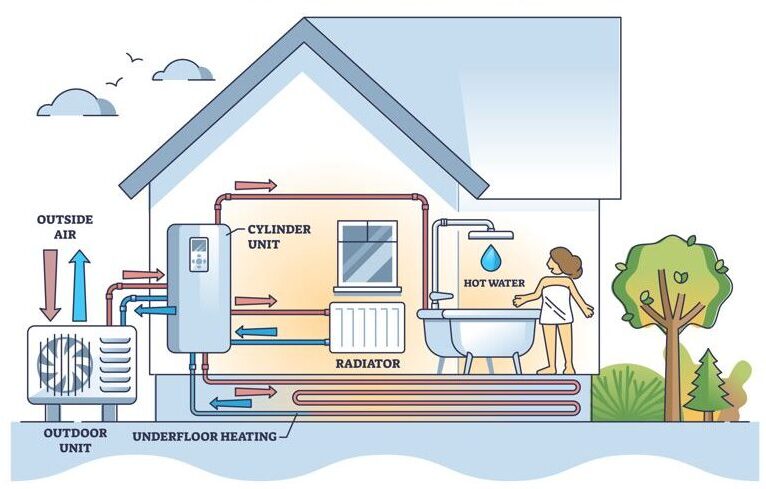
Preparing for Food and Water Shortages
Sustainable Food Choices: Transitioning to a plant-based diet can not only lessen your environmental footprint and reduce the strain on food supply chains but will also help you overcome food shortages by giving you the ability to survive based on what you can grow or purchase from local farmers. Support local agriculture by purchasing from farmers’ markets or joining a CSA program, which would help you access fresh, sustainable produce while bolstering local food resilience.
Water Conservation: Adopt water-saving practices such as fixing leaks, installing low-flow fixtures, and collecting rainwater for garden use. Consider landscaping with drought-resistant plants to minimize water usage. If you can, install an artesian or a deep well, tapping into existing underground aquifers (and consider filtering it and purifying it for household uses). Educating family members on the importance of water conservation can amplify your efforts.
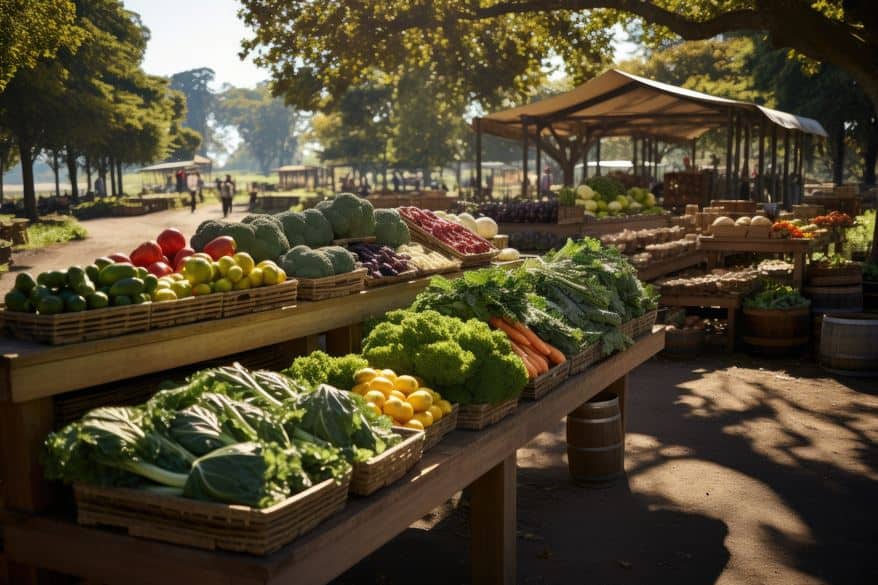
Protecting Against Extreme Weather
Strengthen Your Home: Assess your home’s vulnerability to specific weather events and make necessary upgrades. This might include installing storm shutters, reinforcing the roofing material and window frames, and ensuring proper drainage around your property to prevent flooding. Consider consulting with professionals to identify the most effective fortifications for your home.
Emergency Preparedness: Compile a survival kit that caters to the needs of all household members, including pets. This kit should contain non-perishable food, water (at least one gallon per person per day for several days), a first-aid kit, prescription medications, a flashlight with extra batteries, and important family documents in a waterproof container. Regularly review and update your emergency kit to ensure its readiness.
Key Additional Considerations for the Climate Crisis
Stay Informed: Keep up with the latest climate science and weather forecasts. And I don’t just mean Fox Weather or The New York Times Climate and Environment Section, but also Apps like The Weather Channel and Accuweather, and emergency notification services like WEA from NOAA that can provide real-time alerts about extreme weather events in your area.
Community Involvement: Participate in or initiate community preparedness programs. Sharing resources, knowledge, and strategies for climate adaptation can strengthen communal ties and resilience.
Personal Skill Development: Learn basic survival skills, first aid, and CPR. Knowing how to respond in various emergency situations can make a significant difference in ensuring personal and family safety.
Taking it to the Next Level: Beyond Basic Preparation for Heat Waves
Invest in Renewable Energy: Besides the previously mentioned Heat Pumps (air-source or ground-source/geothermal), you should consider investing in solar panels and associated batteries to develop some off-grid capacity and reduce your reliance on fossil fuels and mainstream electrical systems.
Educate and Advocate: Talk about preparing for climate crisis with your community and advocate for policies that address some of these effects.
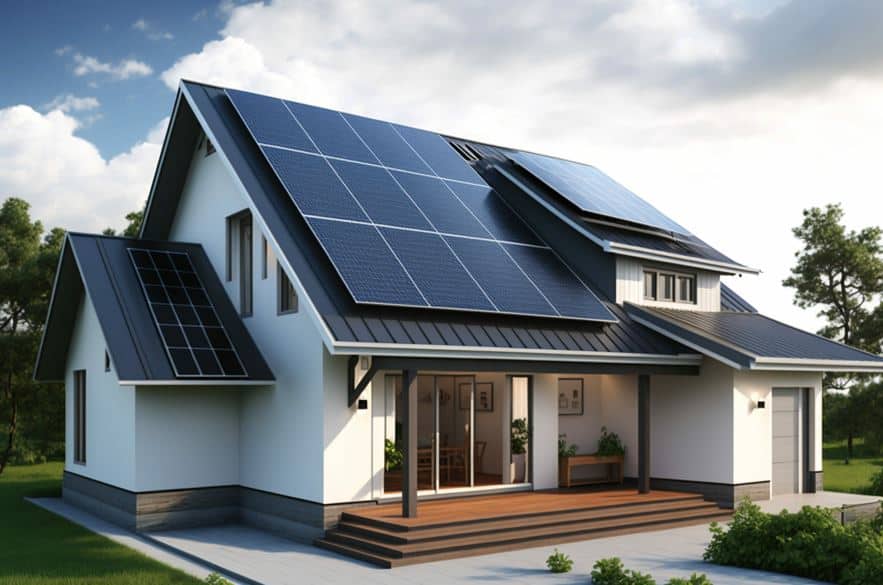
Alternatives to Traditional Climate Change Preparation
Relocation: In some extreme cases, relocating to less vulnerable areas might be considered. But this type of decision should also include factors like community ties, employment opportunities and quality of life.
Alternative Food Sources: Explore growing your own food in a vegetable garden and orchard, or participating in community gardens to ensure a steady food supply.
Wrapping Up and My Experience With Climate Change Preparation
As someone deeply interested in this subject, I’ve been investing in the last few years to prepare for the effects of climate change. Heat Pumps, Solar Panels, Water-saving devices, a deep well, a vegetable garden, an orchard… you name it, I have it all.
And from simple steps like saving water to larger actions like advocating for policy changes, every effort counts.
Bear in mind that preparing for climate change is a continuous process, and starting now is the best way to ensure a safer, more resilient future for ourselves and our families.
Stay safe, check out our other blog posts, and reach out if you feel like it.
FAQ – Frequently Asked Questions
What are the main effects of Climate Change?
Temperature increases, melting ice and rising sea levels, extreme weather events, ocean acidification, impact on ecosystems and biodiversity, agricultural impacts (think of the chaos reaching agriculture communities across the world and affecting their business), human health risks (ranging from conditions like heat exhaustion, allergies or asthma, to kidney stones, and many others), economic, social and political impacts.
Is it too late to avoid a Climate Crisis?
It is basically inevitable to face some of the consequences of Climate Change. In fact, we are already facing them. But according to many Scientists, it may still be possible to avoid some of the worst effects of Climate Change.






